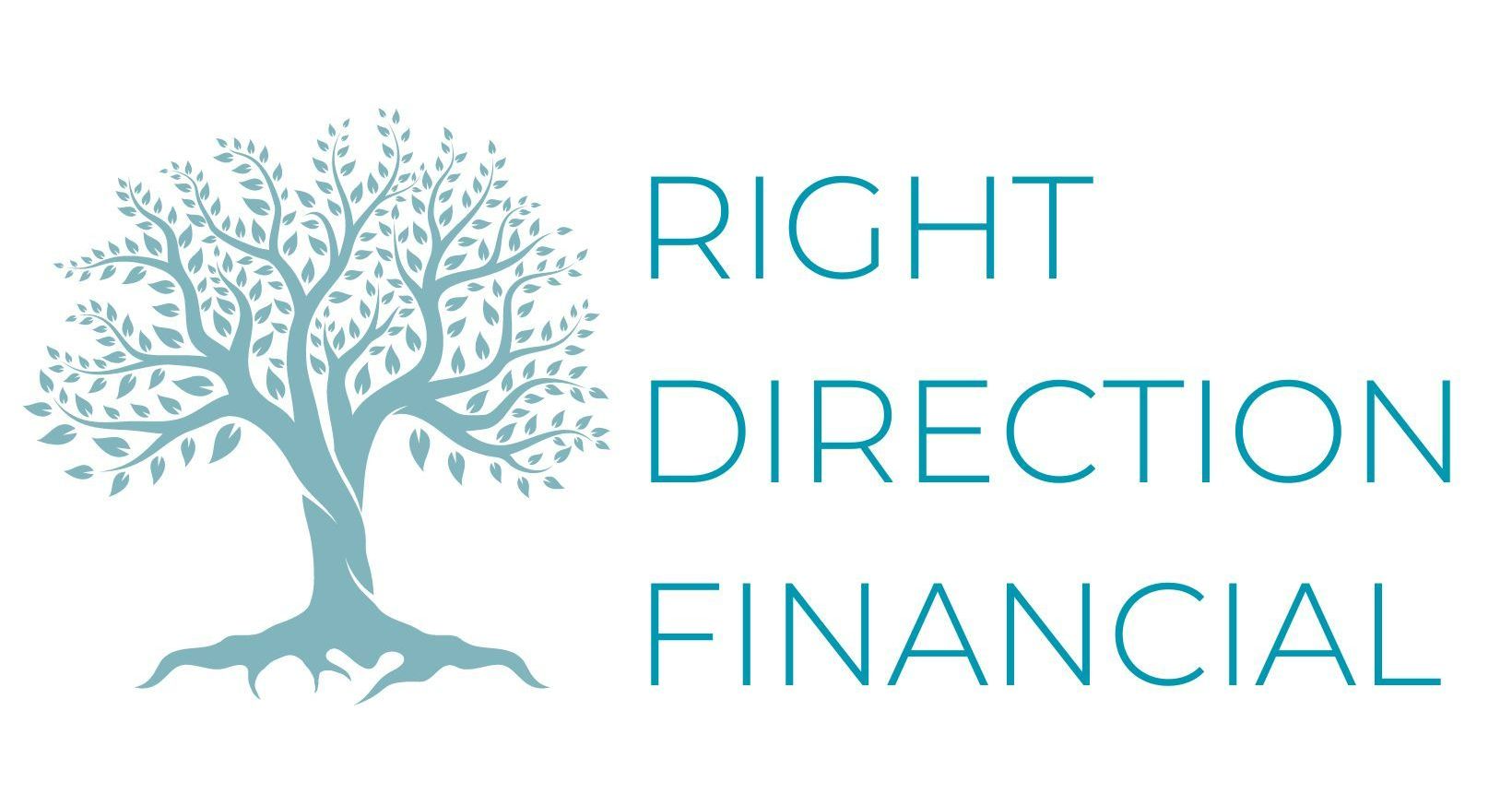A Guide to Understanding and Managing Your Sugar Intake
How much sugar is too much?
Understanding Sugar:
Sugars are carbohydrates that provide energy. They occur naturally in foods like fruits, vegetables, and dairy. However, "added sugars" are those introduced during food processing or preparation, including sweeteners like honey or maple syrup.
The numbers are in. These percentages show the beverage and food categories from which we consume added sugar:
Sugar-sweetened beverages – 24 %
- Soft drinks – 16%
- Fruit drinks – 5%
- Sport/energy drinks – 2%
- Other sources – 1 %
Desserts and sweet snacks – 19%
- Cookies and brownies – 6%
- Ice cream and frozen dairy desserts – 5%
- Cakes and pies – 4%
- Doughnuts, sweet rolls and pastries – 3%
- Other sources -1%
Other sources 19%
- Coffee/tea – 11%
- Candy – 9%
- Sandwiches – 7%
- Breakfast cereals and bars – 7%
- Higher fat milk and sweetened yogurt – 4%
Recommended Limits:
The Heart and Stroke Foundation of Canada suggests that added sugars should make up less than 10% of your daily calorie intake, aiming for below 5% if possible. For someone consuming 2,000 calories daily, that's about 48 grams (12 teaspoons) at the 10% level. To put it in perspective, a single can of pop contains roughly 85% of this daily limit.
Identifying Added Sugars:
When shopping, check the Nutrition Facts table on food labels. Manufacturers list added sugars under "Total Sugars," making it easier to monitor intake. Be aware of various names for added sugars, such as honey, maple syrup, and high fructose corn syrup.
Tips to Reduce Sugar Intake:
- Limit Sugary Drinks: Beverages like soft drinks and sweetened coffees are major sources of added sugars. Opt for water, herbal teas, or milk instead.
- Choose Whole Foods: Fruits, vegetables, and whole grains provide natural sugars along with essential nutrients and fiber.
- Read Labels: Look for products with little to no added sugars. Ingredients are listed by quantity, so if sugar is among the first few items, the product is likely high in added sugars.
- Cook at Home: Preparing meals allows you to control the ingredients and reduce added sugars.
By being mindful of your sugar intake and making informed choices, you can enjoy a balanced diet that supports your health.
source: www.https://www.healthline.com/nutrition
Follow Us
iA Private Wealth Inc. is a member of the Canadian Investor Protection Fund and the Canadian Investment Regulatory Organization. iA Private Wealth is a trademark and a business name under which iA Private Wealth Inc. operates.
This is not an official website or publication of iA Private Wealth and the information and opinions contained herein do not necessarily reflect the opinion of iA Private Wealth. The particulars contained on this website were obtained from various sources which are believed to be reliable, but no representation or warranty, express or implied, is made by iA Private Wealth, its affiliates, employees, agents or any other person as to its accuracy, completeness or correctness. Furthermore, this website is provided for information purposes only and is not construed as an offer or solicitation for the sale or purchase of securities. The information contained herein may not apply to all types of investors. The Investment Advisor can open accounts only in the provinces where they are registered.
Products and services provided by third parties, including by way of referral, are fully independent of those provided by iA Private Wealth Inc. Products offered directly through iA Private Wealth Inc. are covered by the Canadian Investor Protection Fund, subject to exception. iA Private Wealth Inc. does not warrant the quality, reliability or accuracy of the products or services of third parties. Please speak to your advisor if you have any questions.
All Rights Reserved | Right Direction Financial
Proudly built and managed by Sommer Digital Inc.


















